The world of big cats is a captivating blend of power, grace, and mystery. These majestic creatures, from lions to leopards, have honed their hunting skills over millennia. But how do they decide the perfect time to strike? This fascinating question is not just about instinct; it’s a blend of strategy, environmental cues, and often surprising tactics. Let’s delve into the intricacies of how big cats select the ideal moment to hunt their prey.
Circadian Rhythms: Nature’s Clock
Big cats are guided by their circadian rhythms, the natural 24-hour cycle that influences their behavior. Like humans, these animals have internal clocks that help them determine when to rest, hunt, or patrol their territories. For instance, lions are predominantly nocturnal, preferring the coolness of the night to launch their attacks. This internal clock ensures they conserve energy during the hotter parts of the day, making them more efficient hunters at dusk and dawn.
The Cover of Darkness: A Stealthy Advantage
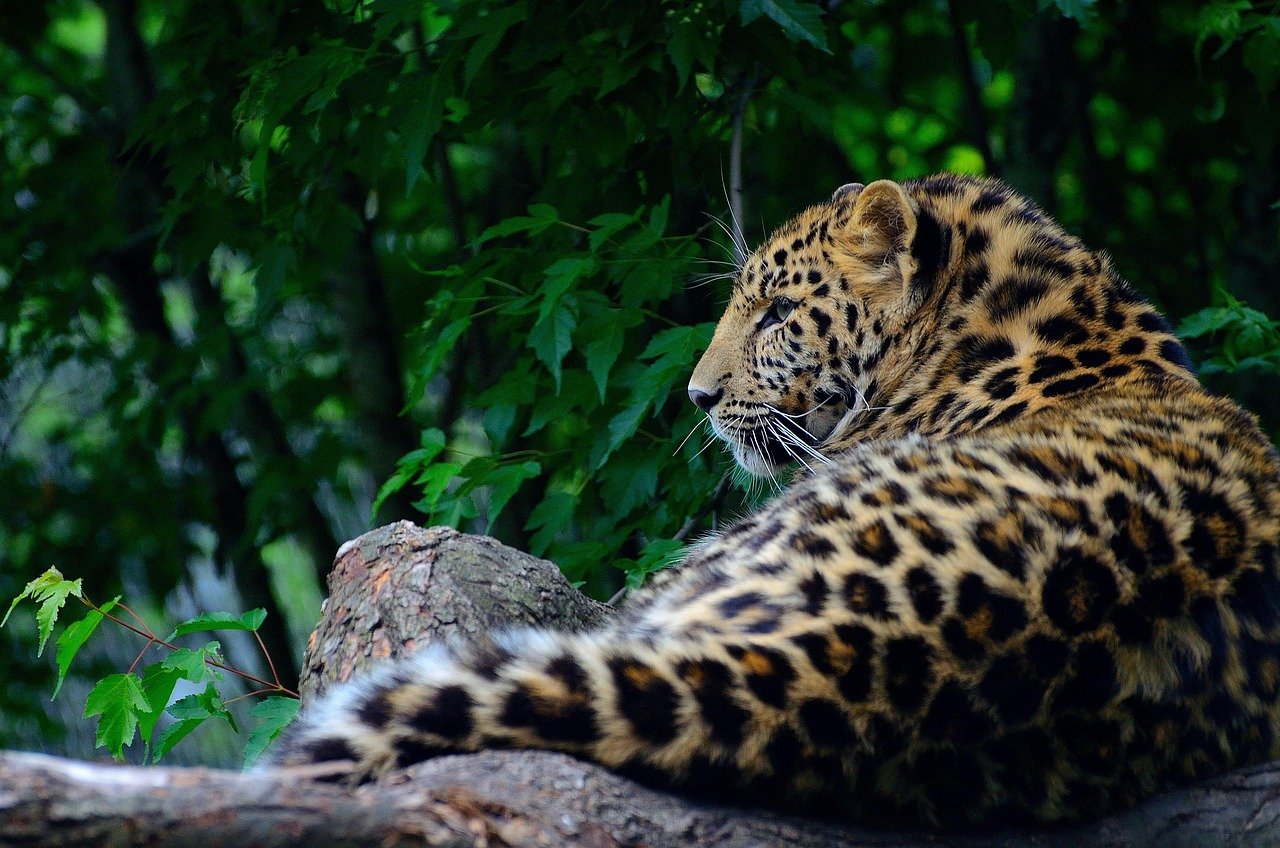
Darkness offers a cloak of invisibility for many big cats. Leopards, for instance, are masters of stealth, using the night to blend seamlessly into their surroundings. Their keen night vision allows them to spot prey from a distance, giving them an edge over unsuspecting animals. The night not only hides their movements but also muffles the sounds of their approach, making it the perfect time to pounce.
Temperature and Climate Considerations
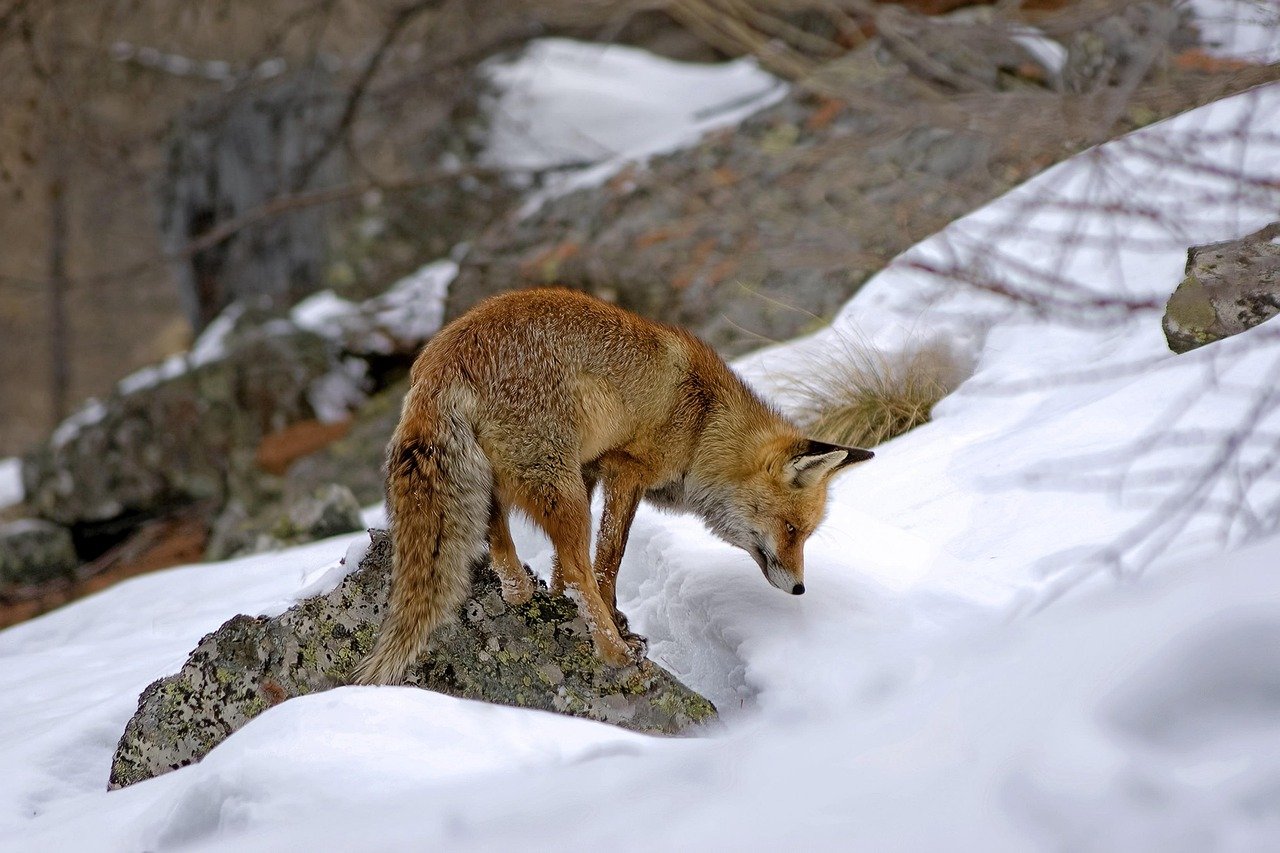
Temperature plays a crucial role in determining hunting times for big cats. In hotter climates, predators like cheetahs and lions prefer hunting during the cooler parts of the day. The midday sun can be unforgiving, sapping energy and making extended chases difficult. By hunting in the early morning or late evening, these cats avoid the heat and improve their chances of a successful catch.
Prey Behavior and Patterns
Understanding the habits of their prey is another critical factor in a big cat’s hunting strategy. Many herbivores are more active during certain times of the day, such as dawn or dusk, when they graze or move to water sources. Big cats, being the astute observers they are, capitalize on these patterns, positioning themselves strategically to ambush their prey during these peak activity times.
Seasonal Changes and Migration
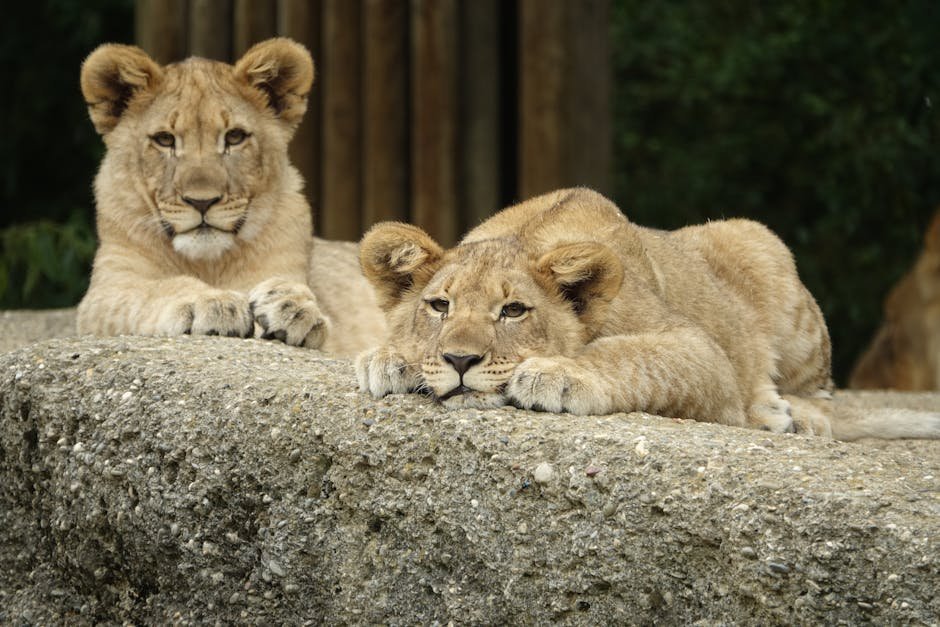
Seasonal changes can significantly impact hunting strategies. During migration seasons, for instance, big cats like lions in the Serengeti follow the movements of large herds of wildebeests and zebras. These migrations provide ample opportunities for hunting, as the abundance of prey increases the likelihood of a successful hunt. Conversely, during off-migration periods, big cats may need to adjust their tactics and timing to locate and capture more elusive prey.
Moonlit Nights: A Double-Edged Sword
While the moon provides some light, it can be both a help and a hindrance. On one hand, moonlit nights offer improved visibility for big cats, allowing them to spot prey more easily. On the other hand, the increased light can also alert prey to the presence of predators, making them more cautious. Some big cats, like the jaguar, might choose darker nights to hunt, reducing the risk of being detected.
Territorial Dynamics and Competition
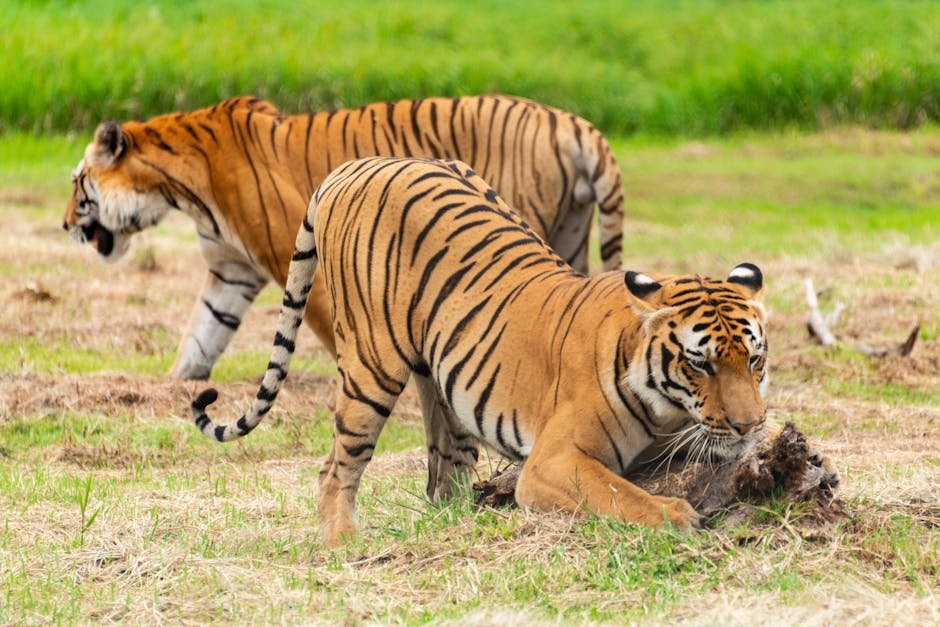
Territory plays a vital role in hunting strategies. Big cats are territorial creatures, often having a defined area they patrol and defend. The presence of other predators or competing cats can influence when and where they hunt. For example, a lion pride might adjust its hunting time if a rival pride is nearby, waiting for the opportune moment when the competition is least active.
Wind Direction: Nature’s Scent Mask
Wind direction is an often-overlooked but essential factor in hunting. Big cats, with their acute sense of smell, use the wind to their advantage. By positioning themselves downwind of their prey, they reduce the chances of their scent being detected. This tactic allows them to get closer to their target without raising alarm, increasing the likelihood of a successful ambush.
Listening to the Sounds of the Wild
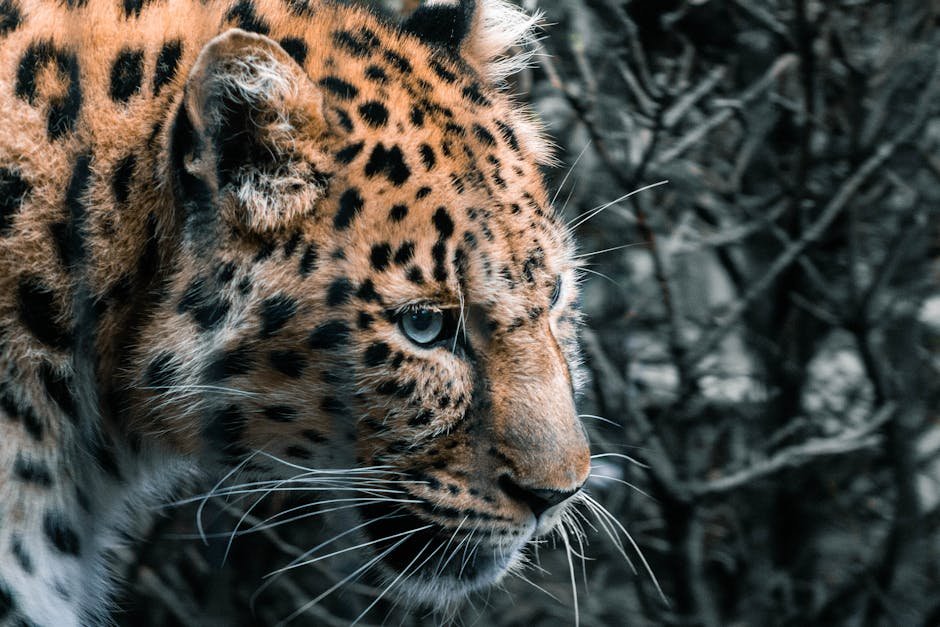
The jungle is alive with sounds, and big cats have learned to listen attentively. The rustling of leaves, the call of a distressed animal, or the sound of hooves can all indicate the presence of potential prey. By tuning into these auditory cues, big cats can determine the best time to launch an attack, using the natural sounds of the environment to mask their approach.
Learning from Experience: The Wisdom of Age

As big cats age, they accumulate knowledge and experience that informs their hunting strategies. Older cats have honed their skills, learning from past successes and failures. This wisdom allows them to better judge the right time to hunt, the best locations to stalk, and the most effective methods to capture their prey.
Teamwork: The Power of the Pride
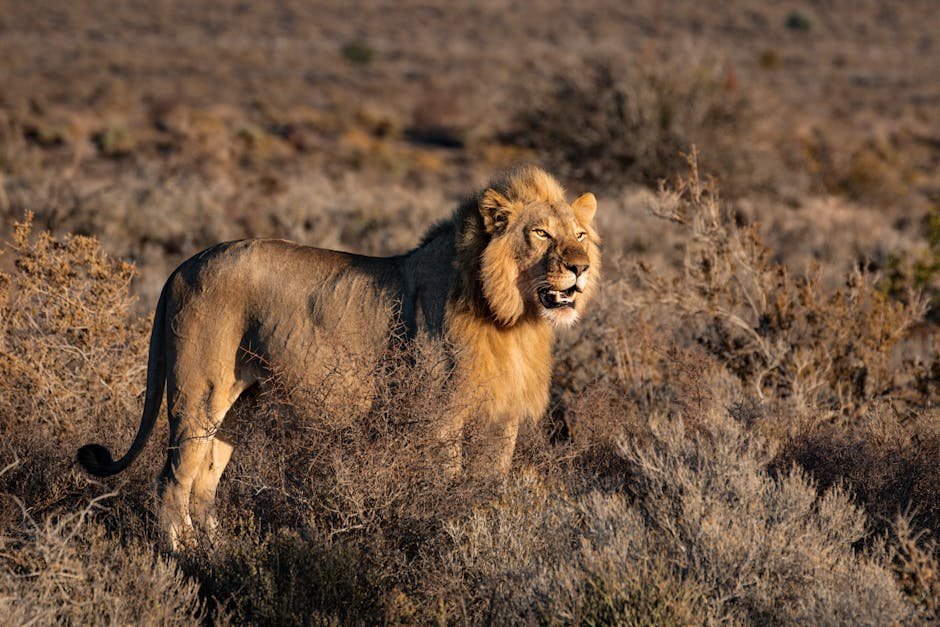
For social big cats like lions, teamwork is a decisive factor in hunting. A pride coordinates its efforts, with some members driving prey into ambushes set by others. This collaborative approach increases their chances of success, enabling them to take down larger prey. The timing of these hunts is often synchronized to maximize the element of surprise and ensure all pride members are in position.
Individual Hunting Styles: Solitary Predators
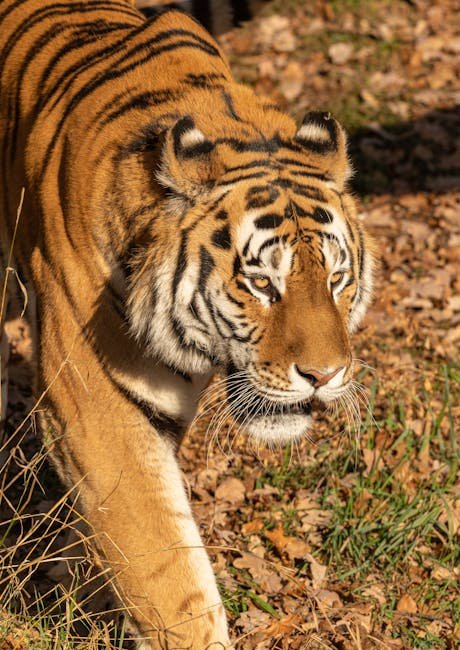
Not all big cats hunt in groups. Solitary hunters like tigers and leopards rely on their stealth and cunning to catch prey. Each has its unique hunting style, influenced by its environment and the type of prey available. These solitary hunters must carefully choose their hunting times, often relying on the cover of dense vegetation or the quiet of the night to execute their strategies.
Adapting to Human Presence
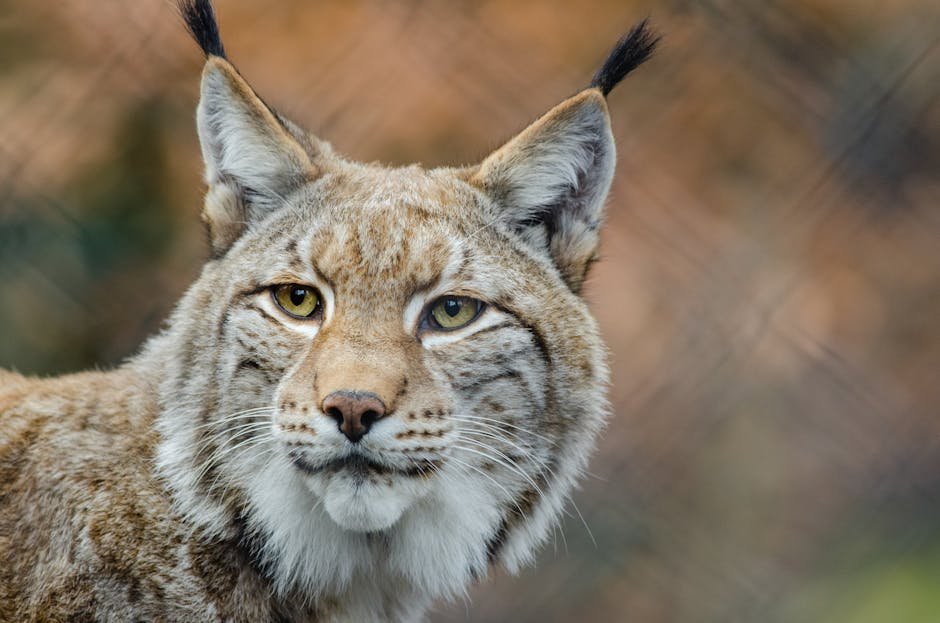
In areas where human activity is prevalent, big cats have had to adapt their hunting strategies. Some have shifted to nocturnal hunting to avoid human encounters, while others have ventured into urban areas in search of food. This adaptability showcases their resilience and ability to evolve in response to changing environments.
Conserving Energy: The Importance of Rest
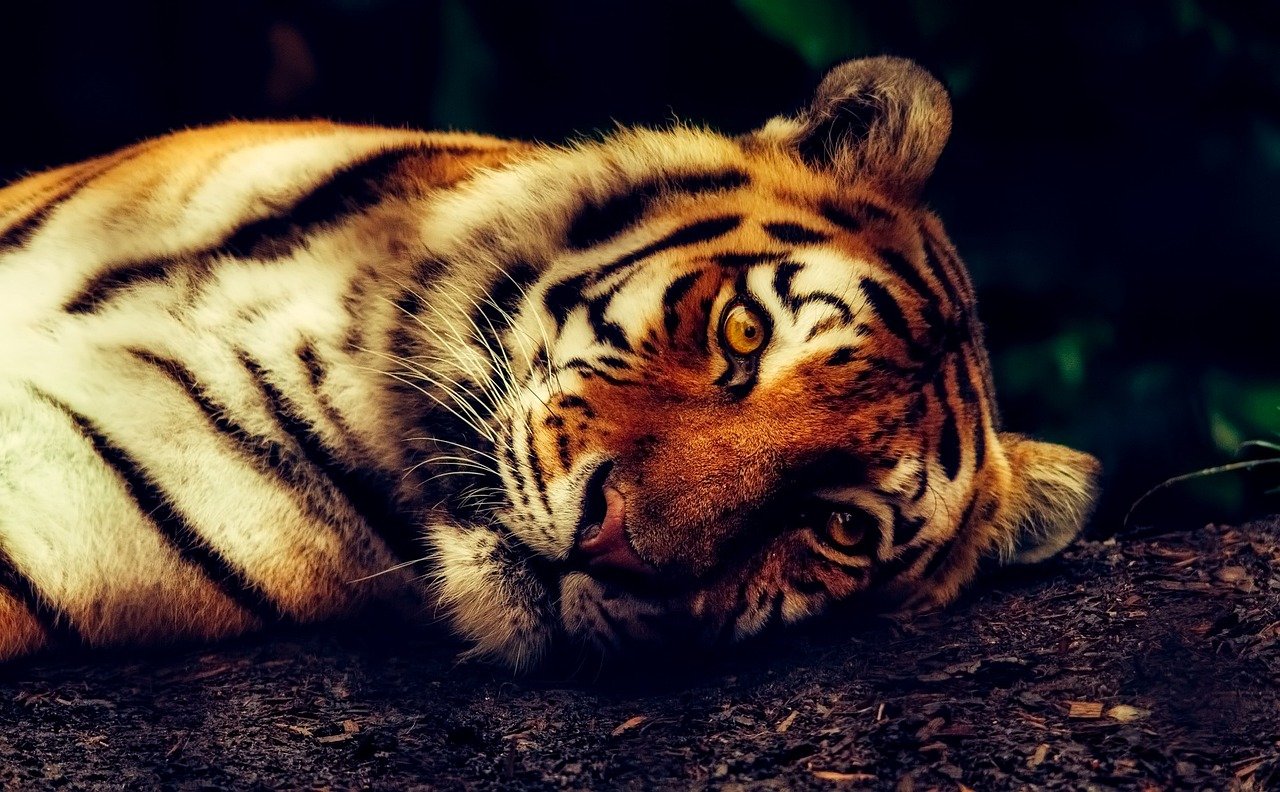
Hunting requires a tremendous amount of energy, and big cats are adept at conserving their strength. They spend significant time resting, ensuring they are fully charged when the moment to hunt arrives. This strategic rest period is crucial, allowing them to launch powerful, sustained attacks when the opportunity arises.
Age and Experience: Young vs. Mature Hunters

Young big cats, still learning the ropes, often hunt at different times than their older counterparts. They might take more risks, hunting at less optimal times as they hone their skills. In contrast, mature cats, with their wealth of experience, have refined their timing, understanding the nuances of when to strike for the best results.
Environmental Challenges: Adapting to Change
Climate change and habitat destruction have posed new challenges for big cats. Changes in prey availability, water sources, and vegetation have forced these predators to adjust their hunting strategies. Despite these challenges, big cats continue to adapt, demonstrating their incredible resilience and ability to survive in a rapidly changing world.
Instinct vs. Learned Behavior
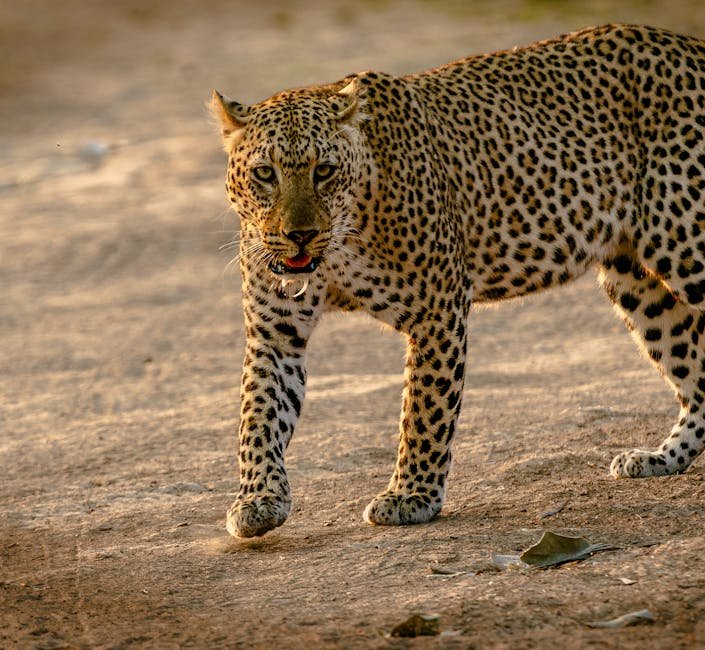
While much of a big cat’s hunting prowess is instinctual, there’s a significant element of learned behavior. Young cats observe their mothers and other adults, picking up techniques and timing strategies. This blend of innate ability and acquired knowledge creates a formidable predator capable of adapting to various situations.
Technology and Research: Unraveling the Mystery
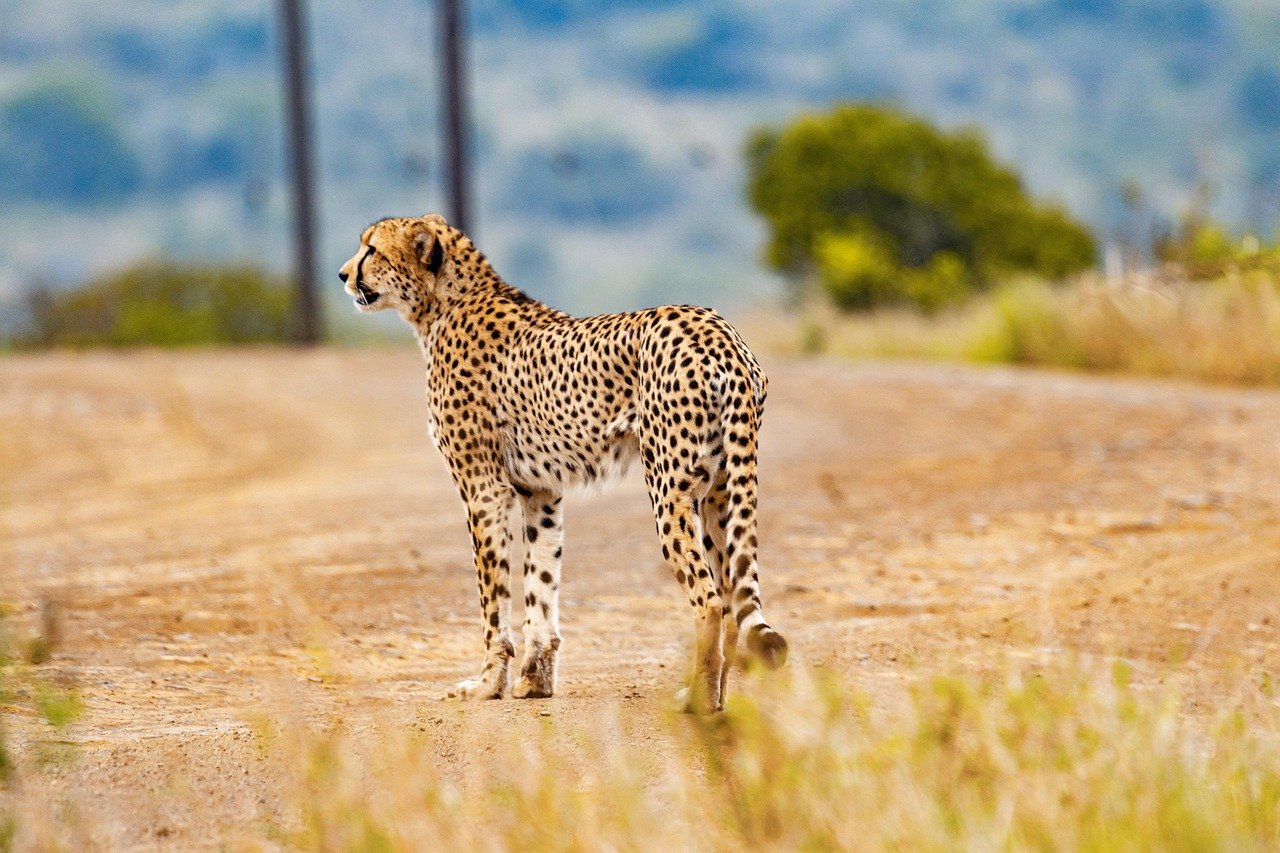
Advancements in technology have provided researchers with new insights into the hunting behaviors of big cats. GPS collars, camera traps, and drones have allowed scientists to observe these creatures in their natural habitats, shedding light on the intricate details of their hunting tactics and timing.
The Future of Big Cats in a Changing World
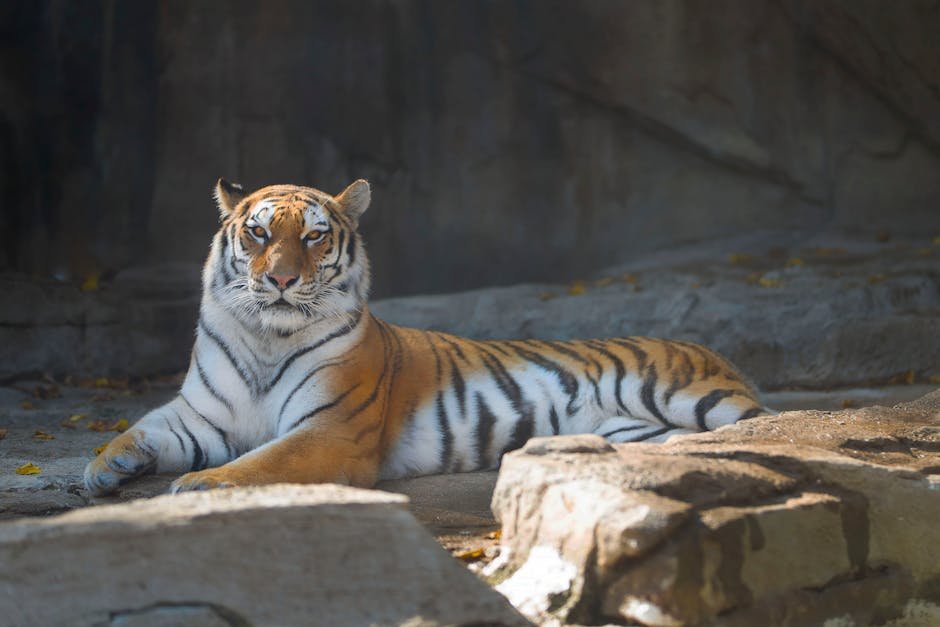
As we look to the future, the survival of big cats hinges on their ability to adapt to an ever-evolving world. Conservation efforts play a critical role in ensuring these magnificent creatures continue to thrive. By understanding their hunting strategies and the factors influencing their timing, we can better protect these apex predators and the ecosystems they inhabit.
Hi, I’m Bola, a passionate writer and creative strategist with a knack for crafting compelling content that educates, inspires, and connects. Over the years, I’ve honed my skills across various writing fields, including content creation, copywriting, online course development, and video scriptwriting.
When I’m not at my desk, you’ll find me exploring new ideas, reading books, or brainstorming creative ways to solve challenges. I believe that words have the power to transform, and I’m here to help you leverage that power for success.
Thanks for stopping by, Keep coming to this website to checkout new articles form me. You’d always love it!






